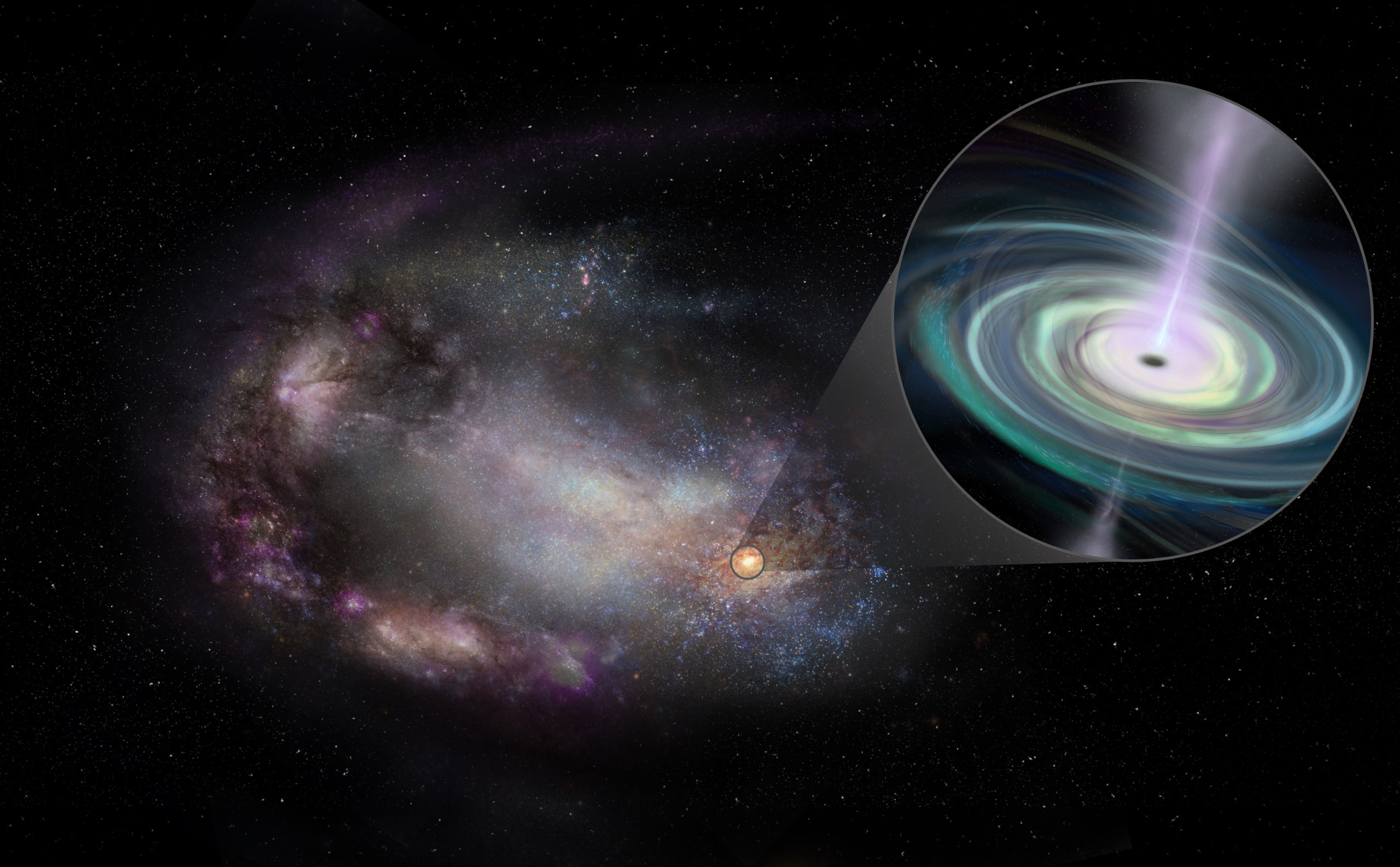
In many cases, black hole is in galaxy’s outskirts. Studies with the VLA indicate that roughly half of the massive black holes in dwarf galaxies are not in the centers of those galaxies. This gives astronomers new insights into the conditions in which similar black holes formed and grew in the early history of the universe.
Astronomers seeking to learn about the mechanisms that formed massive black holes in the early history of the Universe have gained important new clues with the discovery of 13 such black holes in dwarf galaxies less than a billion light-years from Earth.
These dwarf galaxies, more than 100 times less massive than our own Milky Way, are among the smallest galaxies known to host massive black holes...
Read More









Recent Comments